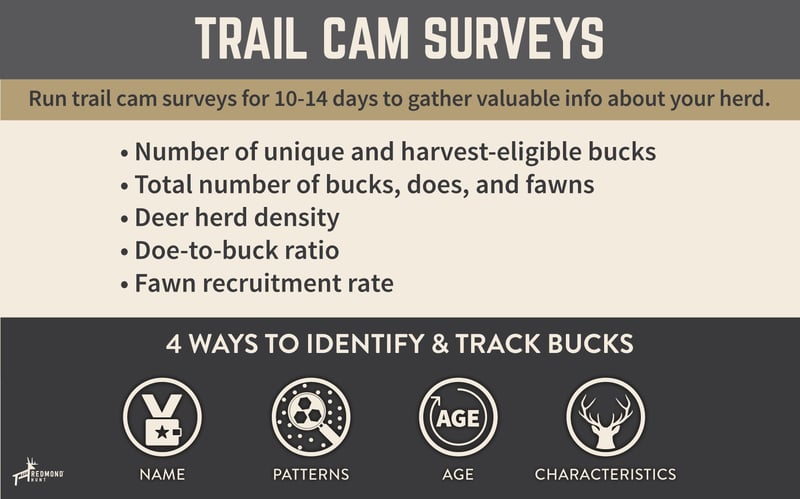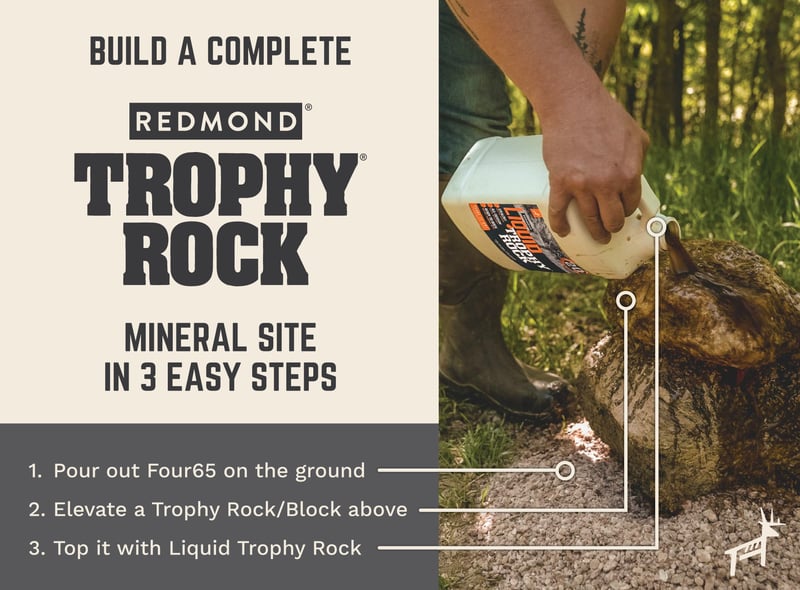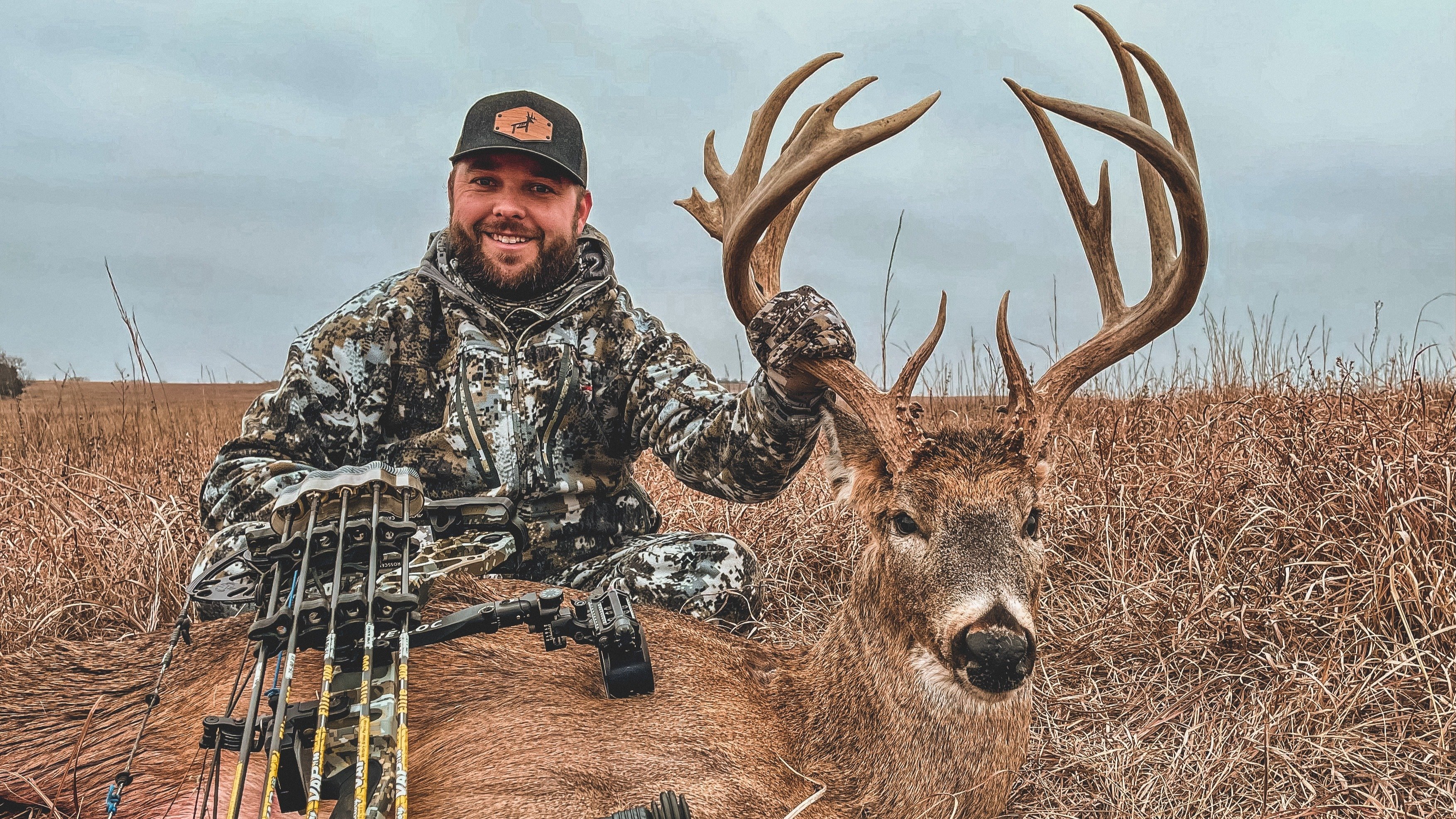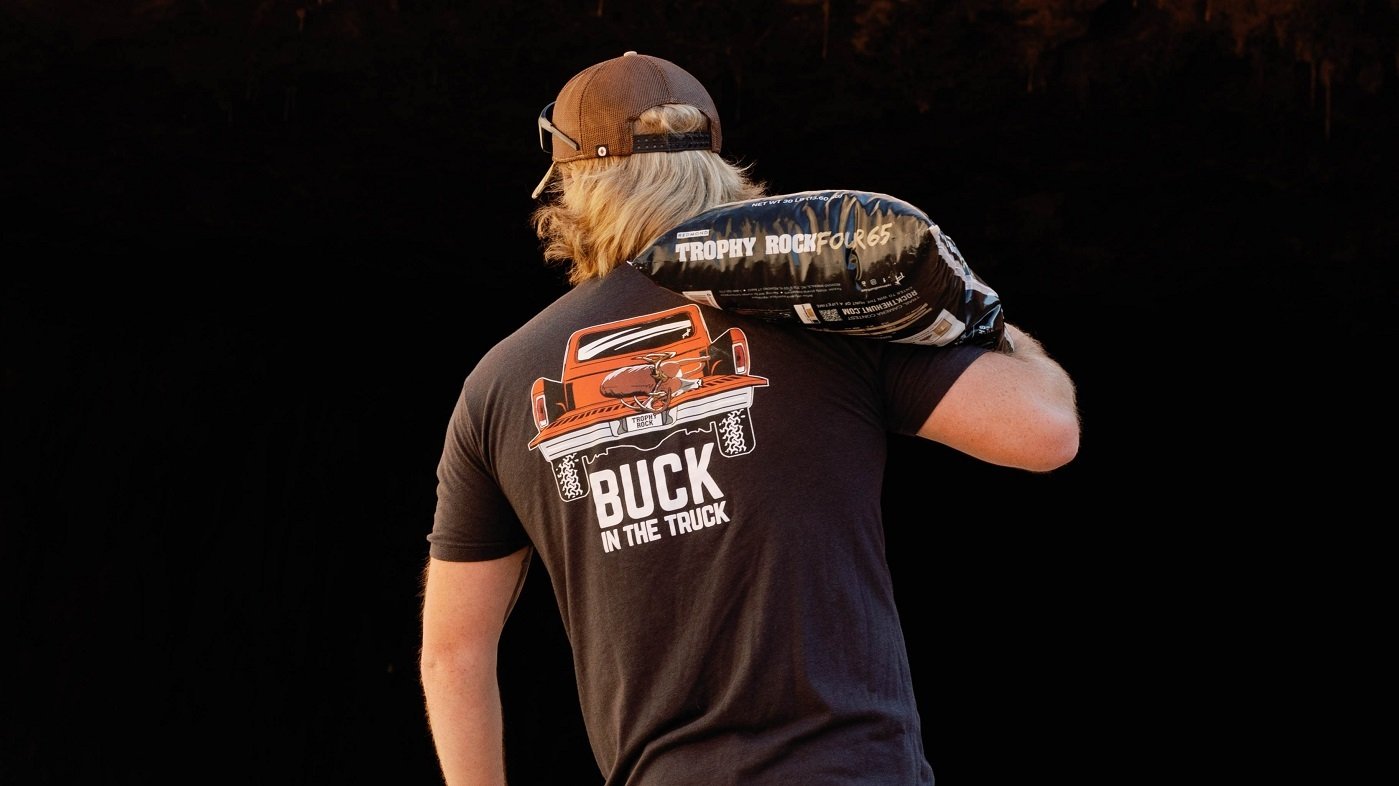Redmond Hunt Blog
Trail Camera Surveys: Collecting Intel on Whitetails
Redmond Hunt July 11, 2023
How do you run a deer trail camera survey? Learn what data is important to collect and track on whitetails with a deer inventory and trail cam survey.
Trail camera surveys are a must for serious hunters and deer managers who want to manage their land and herd for maximum sustainability. Surveys help you track specific animals through photos and video and provide golden information about deer using your property. They can also play a key role in helping you pick your target buck for fall.
When it comes to trail cam surveys, one rule applies: collect as much intel as you can. The data will help you become familiar with the characteristics of your deer, track bucks, and note any changes happening in your herd. Let’s review how to run a trail camera survey and dig into the data you should gather from it.

How to Run a Trail Camera Survey
Capturing cool pictures of wildlife with your trail camera is great for entertainment value, but it won’t help you optimize your hunt or manage your deer herd if that’s all you’re doing. You’ve got to put your data to work. The info you gather from a trail cam survey can help you create a deer inventory and determine this key info about the population:
- Deer density: Gain a broader understanding of the number of deer present per unit of land to gauge overall population size.
- Doe-to-buck ratio: Assess the balance between male and female deer for insights into breeding dynamics and herd health.
- Fawn recruitment rate: Track the number of fawns joining the herd—an indicator of overall herd productivity.
- Deer population age structure: Get a snapshot of age distribution in your herd to evaluate population and recruitment challenges.
- Number of harvest-eligible bucks: Identify and track unique bucks that meet your hunting criteria.
You can compute and track the above info using this printable Trail Camera Data Computation Form from the National Deer Association. Or for a more interactive program, check out DeerLab digital trail camera photo management software.
When Should I Start Running My Trail Camera?
The timing of a trail cam survey makes all the difference in retrieving good data or not. If you’re surveying to scout your hunting grounds or inventory your herd, run it immediately before or after deer season for maximum results. This timeframe will help you capture images of bucks with fully developed antlers and provides a good overview of potential shooter bucks on your property. Deer patterns will also be more natural and less influenced by human pressure if you avoid the hunting season.
How Long Should I Run a Deer Inventory Survey?
The duration of your survey is critical in painting an accurate picture of deer activity. Pull your camera card too quickly and you won’t collect enough information to adequately analyze your herd. Run it too long and you risk excessive human intrusion that impacts deer behavior.
For optimal results, run your trail camera survey for 10-14 days before pulling the camera card. This allows for a good sampling of deer activity, interactions, and movement. The Beyond the Rock Episode below offers additional expert advice on how and when to retrieve your camera card to make the most of your efforts.
How Many Trail Cameras Do I Need Per Acre?
Determining the number of cameras needed for a comprehensive survey depends on deer density and the size of your hunting grounds. While there’s no one-size-fits-all answer, a good guideline is two trail cameras per 80 acres of land. Sometimes additional cameras may be useful if you’re tracking specific bucks or want a more detailed picture of deer behavior.
Placing your cameras in strategic areas—like fence crossings, food sources, field edges, and other high-movement areas—will also maximize survey results. Also, plan your camera placements where you can get in and grab them quickly to minimize disturbance and pressure on deer.
How to Draw Deer to Trail Cams
Adding an attractant at your camera site at least five days before deploying your survey is a must. It will entice deer to frequent the area and give you a more complete understanding of their goings-on. Using Redmond products to build a mineral site and trail camera survey setup is simple and effective. Use any of the Redmond products below on their own or combine them to create the ultimate site for year-round drawing power.
- Pour out Four65. Clear a small area and pour a bag of Trophy Rock Four65 granular minerals on the ground.
- Add a Trophy Rock/Block. Set your Rock or Block on a stump or another large rock above the granular minerals.
- Top your Rock. Pour Liquid Trophy Rock over your Rock/Block to quickly activate the site and draw deer in.
Keeping Files on Unique Bucks
Tracking individual bucks can occur over months or even years. Building comprehensive files on these distinctive bucks is the foundation of effective surveying and hunting. Here are four categories to gather valuable intel and create a profile for each deer you capture on camera.
Deer Nicknames
What’s in a name? That’s up to you and the animal you’re sighting! Every deer deserves a moniker that captures their essence and sets them apart. Be creative and pick nicknames for deer that hint at personality traits, history, or distinctive markings. Naming is an opportunity to infuse some fun and individuality into the identification process.
Deer Age
Establishing age classes on your property is vital, especially when assembling a hit list of shooter bucks. The link just referenced and the University of Missouri's guide on aging deer on the hoof offer helpful info on judging a buck's age based on body characteristics and size.
Deer Traits
Consider documenting the following characteristics that make each buck stand out from the crowd:
- Buck Antlers. Like human fingerprints, no two sets of deer antlers are the same. That’s why they make a great identification tool. Look for uniqueness in main beam curve and length, number of tines, and any unusual points on the rack.
- Deer Markings. Look for identifiable scars, injuries, ear tears, or other markings that make a deer easily distinguishable.
- Coat Coloration. Deer coats—which can have shades of red, brown, orange, yellow, silver, gray, or white—vary with season and genetics. It’s best to track deer coat colors during the fall, as there’s a slight change from summer to fall.
- Deer Personality. Each deer has unique behaviors and habits that make them trackable and interesting. Utilize the video settings on your trail cam to capture individual personality traits.
Pattern
Studying photos and videos can help you discern buck movement patterns based on date ranges, time of day, and frequency of visits. These patterns offer valuable insights into their behavior and can inform your hunting strategies.
Conclusion
By tapping into the power of trail cam data, you can elevate your hunting experience to new heights! Surveys enable you to make smarter decisions, more sustainable deer herd management practices, and maximize your hunting grounds. Redmond deer minerals can also help enhance your surveys, attract deer, and build healthier herds. Click below to shop now.
© Redmond Hunt 2023. All rights reserved.




.jpg)
